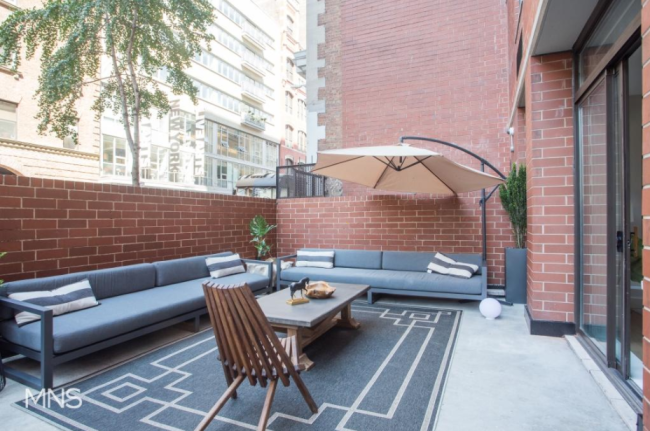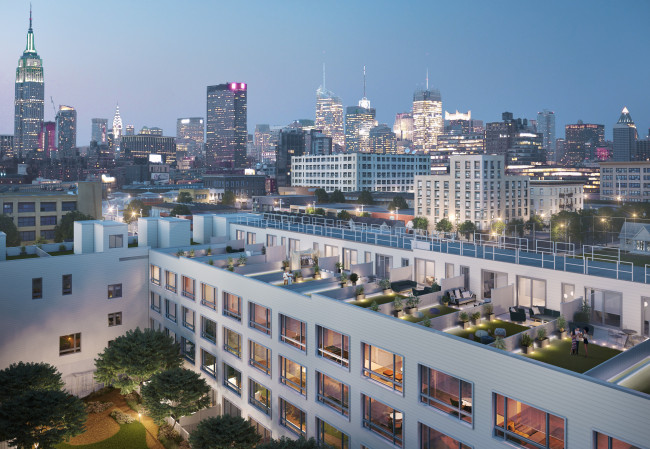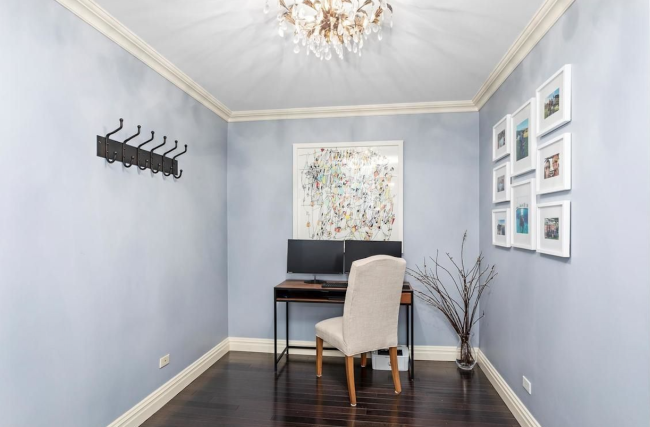These architects think Covid will leave its mark on NYC apartment building design

Katz Architecture's prototype for a new live/work building with ground-floor storefronts, apartments, and separate offices for residents.
Consider this scenario taking place in the not-so-distant future: You’re in the market for a new apartment in New York City. You check out listings that tout anti-virus features like automatic elevators and touchless doors, UV light- and HEPA-filtered HVAC systems, and finishes or materials all chosen for their anti-microbial qualities
Does that sound far fetched? It may not be. As with many aspects of life now, the pandemic is forcing change. Architects are thinking differently about residential buildings—and coming up with new concepts or ways to incorporate commercial-grade features. As a result, in a couple of years, some NYC apartment buildings could incorporate innovations to help fight the coronavirus.
Of course, designing buildings for health and well-being in response to disease is not new. Historically, yellow fever and cholera outbreaks spurred major infrastructure advances for the city, and concerns about epidemics inspired new housing policies in the 1920s, according to Curbed. This led to roomier housing projects with courtyard entrances and bathrooms—an improvement over cramped tenements with outhouses.
In the recent era, one response is energy-efficient Passive House construction, which by design creates a healthy, well-ventilated environment that makes even more sense in the Covid era. In these buildings, air flow is completely controlled, thanks to an airtight, high-tech seal. A ventilation system, called energy recovery ventilators (ERVs), create a steady flow of filtered air, with stale air carried out and fresh air pumped in.
Brick Underground talked to several New York City architects who are proposing new concepts for residential buildings and rethinking aspects of projects already in the works.
A building with offices and apartments
Katz Architecture recently came up with a prototype for a new live/work building with ground-floor storefronts, apartments, and separate offices for residents. The apartments are duplexes with flex spaces and all face the rear of the building. The separate office spaces, at the front of the building, can be used either by residents or others.
Flex spaces are useful for for home offices—or isolating sick family members—which is often difficult in an apartment.
The project was inspired in part by Soho’s converted artist’s lofts, says David Katz, the firm’s founder. “Given the current situation, we feel the live/work model is now ripe for renewed exploration,” he tells Brick.
Epidemics lead to major design changes
He thinks the coronavirus pandemic will result in changes for NYC buildings and infrastructure, pointing to historic responses to major diseases, like the cholera epidemic of 1832, which was attributed to the lack of clean water.
As a result, “the entire New York City watershed was systematically developed, and the Croton Aqueduct was begun. That complex system of piping eventually led to the use of indoor plumbing—an unheard-of luxury before that time,” Katz says.
The prevalence of tuberculosis in the 19th century introduced “cure porches” where patients could take in fresh air and natural light, leading to the concept of the sunroom in residential buildings, Katz says. “In fact, the entire movement of modern architecture, with its big windows, tiled bathrooms and kitchens, and clean, dust-free, white spaces could be seen as a reaction to the flu epidemic of 1918,” he says.
Outdoor space takes on renewed importance
Architect Nancy Ruddy, principal and co-founder of CetraRuddy, says her firm has been coming up with ideas in response to Covid that they are just starting to incorporate into residential projects underway. Creating work and flex spaces is a must now, she says, so they are taking underutilized spaces, like a deep window wall or a pantry and reconfiguring them as small offices.
“No developer is going to say I’ll give you more square feet,” Ruddy says. “The idea is to use what you have.”
Another key concept is connecting people to nature to help reduce stress, she says. The firm has been working on multiple projects in NYC that incorporate gardens and outdoor spaces—and because of the pandemic this feature takes on renewed importance. Many apartments at CetraRuddy's 200 East 59th Street and Rose Hill projects, for example, have terraces. Rose Hill has flex spaces as well.
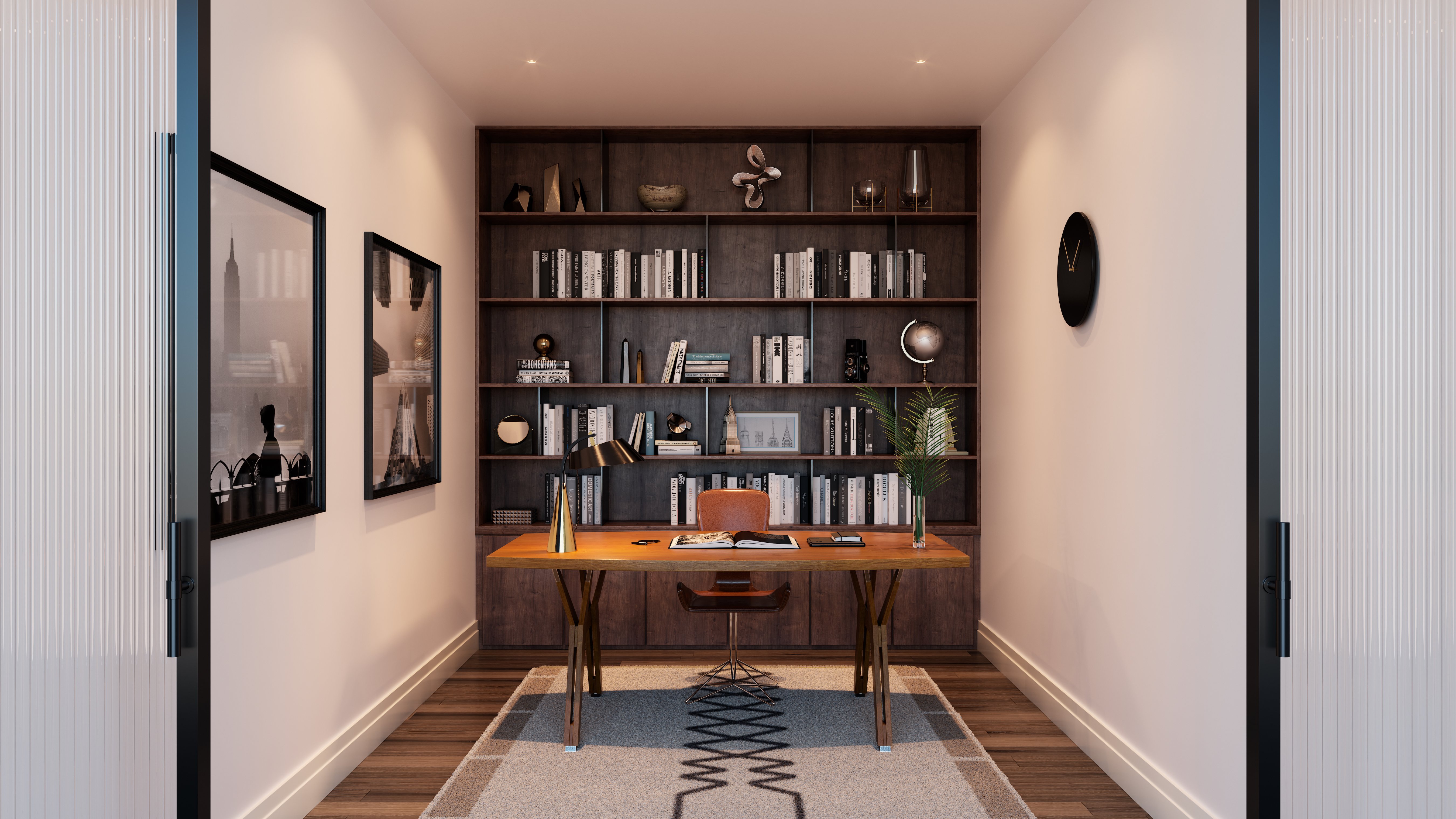
Almost anything that gets touched by multiple people is being scrutinized, she said. And so you could see residential buildings adopting more commercial amenities like touchless elevators, and faucets, automatic doors and toilets, Ruddy says.
Design professionals are asking themselves, “What are better ways to live?” Ruddy says. “As architects we feel a sense of responsibility.”
An architecture firm called SO – IL is also responding to the pandemic. According to the New Yorker, it changed course on a 30-unit project in Brooklyn to better suit life in the pandemic, separating the kitchen, dining room and living room, instead of going with the typical open plan. Bedrooms are spaced apart and have room for desks—the better to work at home.
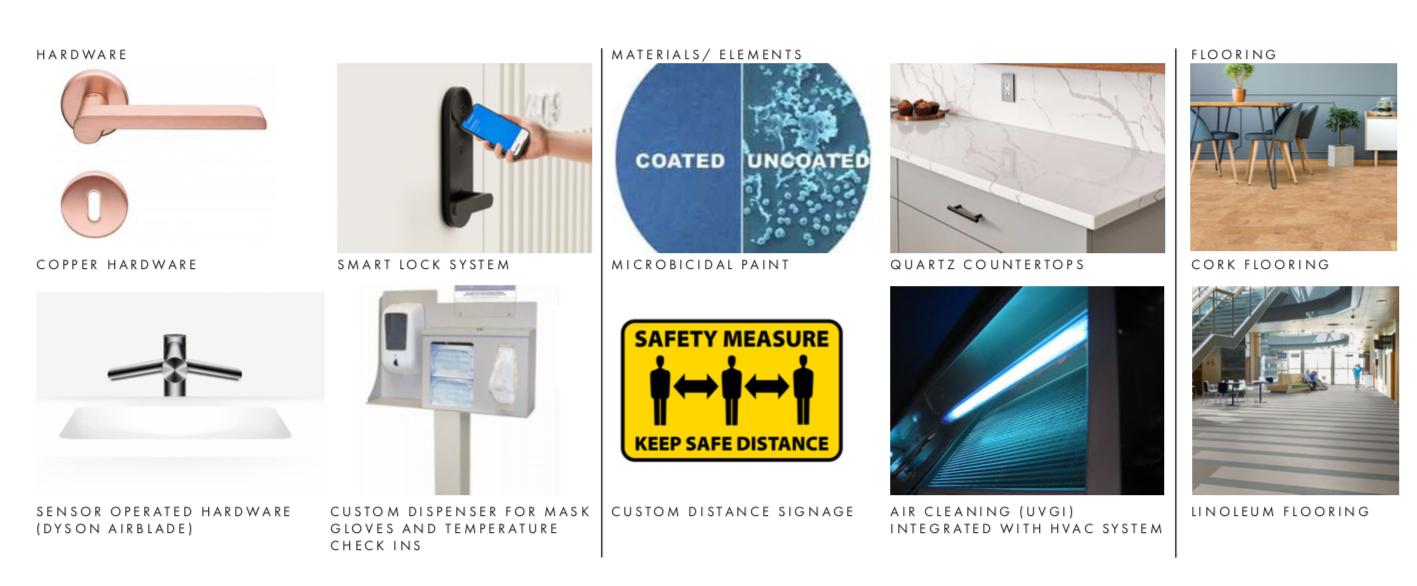
Many ways to promote wellness in buildings
Architect Wayne Turett, principal at The Turett Collaborative, is looking to incorporate materials and technology to prevent the spread of coronavirus at his project, 36 Walker Street. It's a commercial project, but the ideas here would lend themselves to a residential development. His proposal includes bathroom door handles coated in copper, known for its antibacterial qualities; quartz counters, which are not porous and therefore easier to clean; anti-bacterial cork flooring; and touchless faucets.
Features like these, he says, “don’t add terribly to the cost. They’re not ultra-custom.”
For example, he says, a building owner can add UV light to an HVAC system to kill the virus—which he estimates at a cost of $3,000 to $5,000 for a small apartment building. (Essentially, you drill a hole in the air ducts and install the lights, which neutralize virus particles as they float by.)
One feature the pandemic is likely to bring about: Turett expects to see AC systems with HEPA filters for residential buildings.
Typically, these filters create too much resistance to air flow for residential systems. "In two years, we may see residential AC powerful enough,” he says.
Other manufacturers are already on board with new products that fight the spread of diseases. For example, Duravit’s HygieneGlaze 2.0 toilets feature a ceramic formulation that kills bacteria and Carvart has a new antibacterial coating for bathroom surfaces.
Turett also points to Passive House construction as another innovation that can fight viruses—he built a Passive House in Greenport, NY, with sealed openings, triple-glazed windows, and energy recovering ventilation—Passive Houses replace their air every few hours. Thanks to their engineering, Passive Houses are, as he puts it, “virus proof.”
Time will tell which residential design features will improve lives as a result of Covid.
“When we go through the pandemic, some things will stick, like Purell dispensers at every [office] elevator bank, leftover from an earlier pandemic of the swine flu,” he says.
You Might Also Like






















